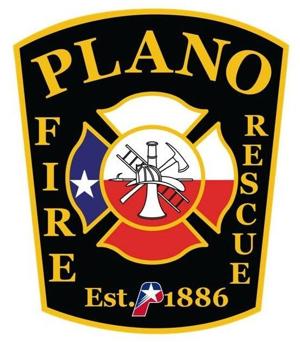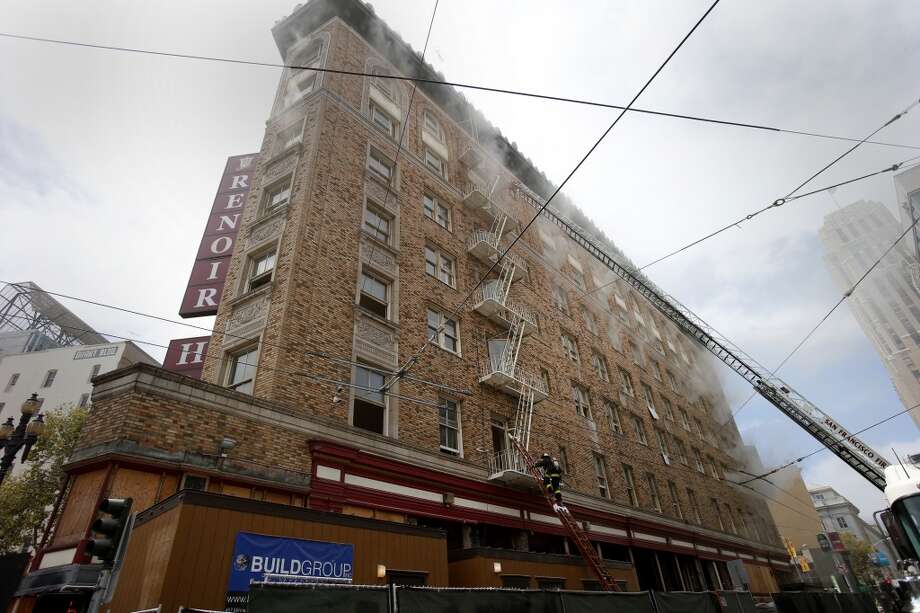Posted: Sat 5:01 PM, Sep 20, 2014
The number one cause of a house fire starts in the kitchen...
And after a series of house fires in the Casper area this past week, a demonstration in Douglas shows how important it is to have fire sprinklers installed.
In this demonstration, fire officials setup two rooms that are identically furnished with the exception that one of the rooms has a fire sprinkler.... and as you'll see, sometimes sprinklers can extinguish flames before firefighters arrive.
Captain Justin Smith of Casper Fire Dept. says, "unfortunately about 3,000 people die every year in our country from fires and 80% of those people die in their homes and that's more than all natural disasters combined."
Smith says "flash-over" is a term used when a room or building is completely engulfed in flames... and sprinkler systems are a big advantage in that type of scenario.
"It usually only takes about 3 to 4 minutes for that entire room to flash-over. The problem with flash-over is that no one survives flash-over. Even firefighters that turnout here will not survive a flash-over."
Fire officials say having a sprinkler system installed in your home is a priceless investment.
Eric Gleason of National Fire Sprinkler Association says, "you can't unburn your house. You can dry things out. Your pictures are there. Your dog is sopping wet, but alive."
And fires spread faster nowadays because the materials used to build houses are more flammable than they were 40 years ago.
"If you think about your grandparents, my grandparents, their furnishings were you know it was wool it was cotton it was natural fibers. Now, it's mostly foam. Well, foam is made out of a petroleum-based product."
Typically, sprinkler systems get a head start on extinguishing the fire.
Smith says, "and the great thing about sprinklers is they put the fire out while it's still very small. So we don't have all that heat and smoke produced that generally that's what harms people."
Gleason adds, "your pet is going to be upstairs hiding in a closet, your four-year-old is going to be upstairs hiding in a closet. If it has sprinklers, they're going to survive."
A typical handheld fire hose can release 150 gallons of water per minute, while a standard sprinkler system can release about 15 gallons per minute.
Casper Fire Captain Justin Smith says sprinkler systems are not mandatory in new construction in Casper and Douglas.
The fire officials who participated in Saturday's demonstration would like to thank the Salvation Army for donating the furniture used.



